1. Overview of cockpit thermal management (automotive air conditioning)
The air conditioning system is the key to the thermal management of the car. Both the driver and the passengers want to pursue the comfort of the car. The important function of the car air conditioner is to make the passenger compartment achieve a comfortable driving by adjusting the temperature, humidity and wind speed in the passenger compartment of the car. and riding environment. The principle of the mainstream car air conditioner is to cool or heat the temperature inside the car through the thermophysical principle of evaporative heat absorption and condensation heat release. When the outside temperature is low, heated air can be delivered to the cabin so that the driver and passengers do not feel cold; when the outside temperature is high, low-temperature air can be delivered to the cabin to make the driver and passengers feel cooler. Therefore, the car air conditioner plays a very important role in the air conditioning in the car and the comfort of the occupants.
1.1 New energy vehicle air conditioning system and working principle
Because the driving devices of new energy vehicles and traditional fuel vehicles are different, the air-conditioning compressor of fuel vehicles is driven by the engine, and the air-conditioning compressor of new energy vehicles is driven by the motor, so the air-conditioning compressor on new energy vehicles cannot be driven by the engine. An electric compressor is used to compress the refrigerant. The basic principle of new energy vehicles is the same as that of traditional fuel vehicles. It uses condensation to release heat and evaporate to absorb heat to cool the passenger compartment. The only difference is that the compressor is changed to an electric compressor. At present, the scroll compressor is mainly used to compress the refrigerant.
1) Semiconductor heating system: The semiconductor heater is used for cooling and heating by semiconductor elements and terminals. In this system, the thermocouple is the basic component for cooling and heating. Connect two semiconductor devices to form a thermocouple, and after the direct current is applied, heat and temperature difference will be generated at the interface to heat the interior of the cabin. The main advantage of semiconductor heating is that it can quickly heat the cabin. The main disadvantage is that semiconductor heating consumes a lot of electricity. For new energy vehicles that need to pursue mileage, its disadvantage is fatal. Therefore, it cannot meet the requirements of new energy vehicles for energy saving of air conditioners. It is also more necessary for people to conduct research on semiconductor heating methods and design an efficient and energy-saving semiconductor heating method.
2) Positive Temperature Coefficient (PTC) air heating: The main component of PTC is thermistor, which is heated by electric heating wire and is a device that directly converts electrical energy into heat energy. The PTC air heating system is to change the warm air core of the traditional fuel vehicle into a PTC air heater, use a fan to drive the outside air to be heated through the PTC heater, and send the heated air into the interior of the compartment to heat the compartment. It directly consumes electricity, so the energy consumption of new energy vehicles is relatively large when the heater is turned on.
3) PTC water heating: PTC coolant heating, like PTC air heating, generates heat through the consumption of electricity, but the coolant heating system first heats the coolant with PTC, heats the coolant to a certain temperature, and then pumps the coolant into the In the warm air core, it exchanges heat with the surrounding air, and the fan sends the heated air into the compartment to heat the cabin. Then the cooling water is heated by PTC and reciprocated. This heating system is more reliable and safer than PTC air cooling.
4) Heat pump air conditioning system: The principle of the heat pump air conditioning system is the same as that of the traditional automotive air conditioning system, but the heat pump air conditioner can realize the conversion of cabin heating and cooling
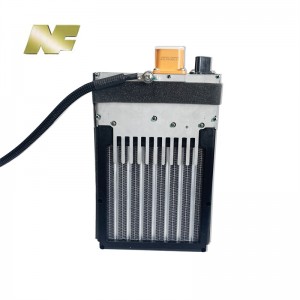
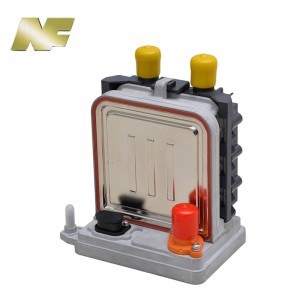
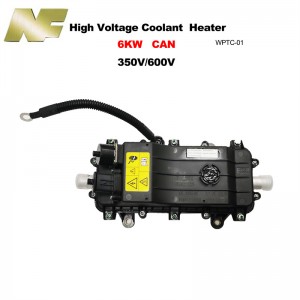
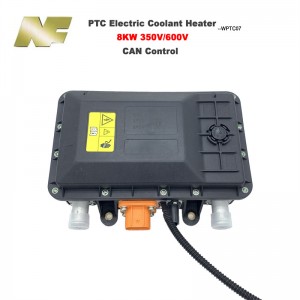
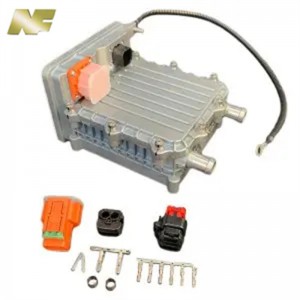
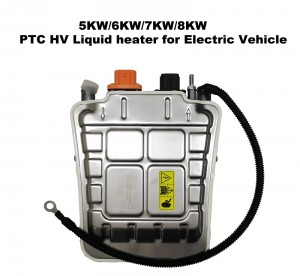
2. Overview of power system thermal management
The thermal management of the automotive power system is divided into the thermal management of the traditional fuel vehicle power system and the thermal management of the new energy vehicle power system. Now the thermal management of the traditional fuel vehicle power system is very mature. The traditional fuel vehicle is powered by the engine, so the engine Thermal management is the focus of traditional automotive thermal management. The thermal management of the engine mainly includes the engine cooling system. More than 30% of the heat in the car system needs to be released by the engine cooling circuit to prevent the engine from overheating under high load conditions. The engine's coolant is used to heat the cabin.
The power plant of traditional fuel vehicles is composed of engines and transmissions of traditional fuel vehicles, while new energy vehicles are composed of batteries, motors, and electronic controls. The thermal management methods of the two have undergone great changes. The power battery of new energy vehicles The normal working temperature range is 25-40 ℃. Therefore, thermal management of the battery requires both keeping it warm and dissipating it. At the same time, the temperature of the motor should not be too high. If the temperature of the motor is too high, it will affect the service life of the motor. Therefore, the motor also needs to take necessary heat dissipation measures during use.
Post time: May-06-2023




